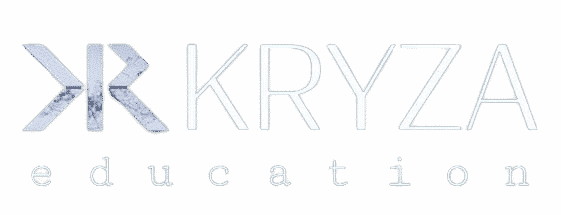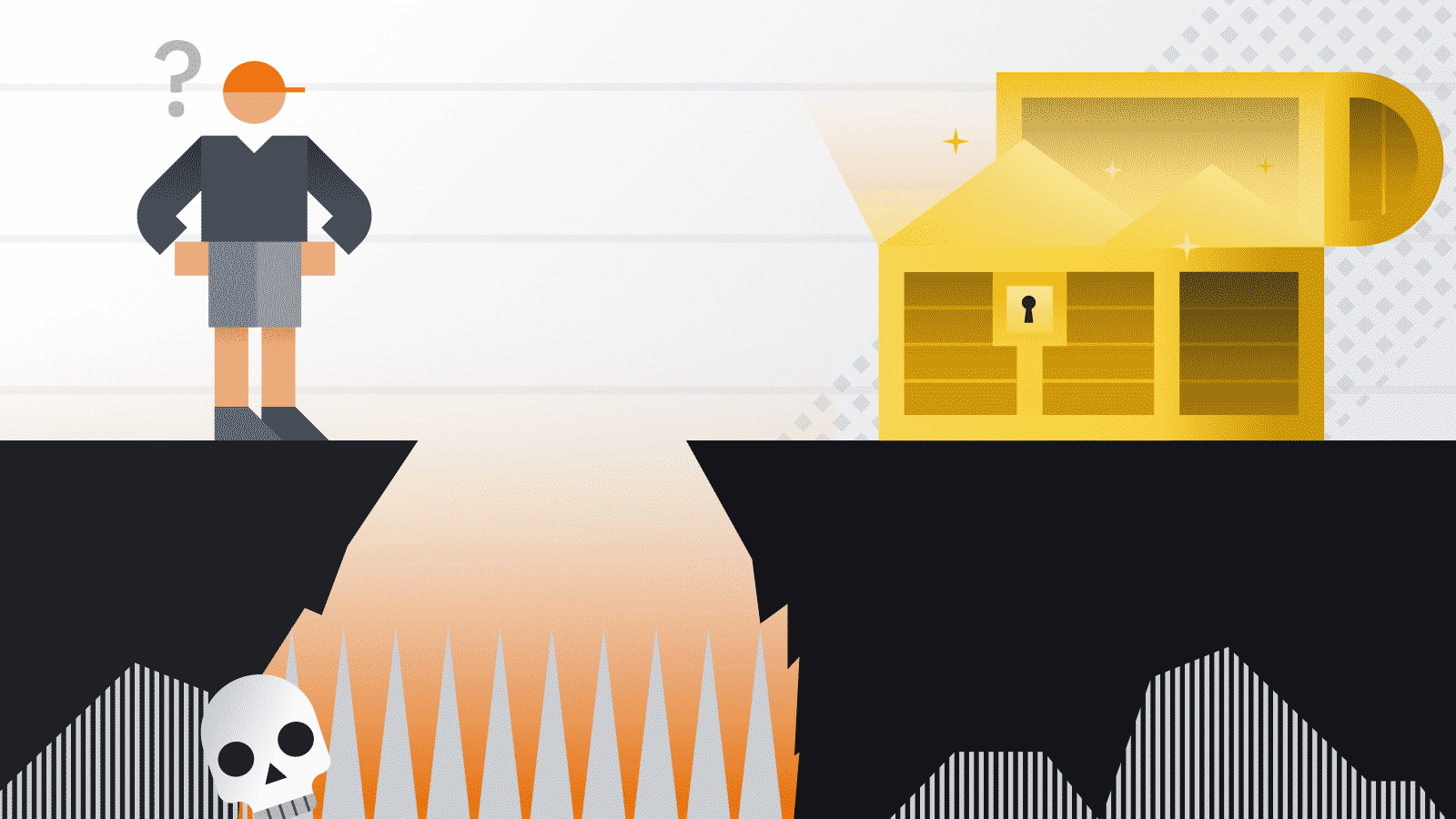Mining Pools Explained
Mining is integral to the security of Proof of Work blockchains. By computing hashes with certain properties, participants are able to secure cryptocurrency networks without the need for a central authority. When Bitcoin first launched in 2009, anyone with a regular PC could compete with other miners to guess a valid hash for the next block. That’s because the mining difficulty was low. There wasn’t much hash rate on […]
About Course
It stands to reason that the computers that could compute the most hashes per second would find more blocks. And this caused a major shift in the ecosystem. Miners engaged in something of an arms race as they scrambled to gain a competitive edge.
As the name suggests, ASICs are built to perform a single task: compute hashes. But since they’re designed specifically for this purpose, they do it incredibly well. So well, in fact, that using other types of hardware for Bitcoin mining has become quite uncommon.
Course Content
Mining Pools Explained
Mining is integral to the security of Proof of Work blockchains. By computing hashes with certain properties, participants are able to secure cryptocurrency networks without the need for a central authority.
When Bitcoin first launched in 2009, anyone with a regular PC could compete with other miners to guess a valid hash for the next block. That’s because the mining difficulty was low. There wasn’t much hash rate on the network. As such, you didn’t need specialized hardware to add new blocks to the blockchain.
It stands to reason that the computers that could compute the most hashes per second would find more blocks. And this caused a major shift in the ecosystem. Miners engaged in something of an arms race as they scrambled to gain a competitive edge.
After iterating through different kinds of hardware (CPUs, GPUs, FPGAs), Bitcoin miners settled on ASICs – Application-Specific Integrated Circuits. These mining devices won’t allow you to browse Binance Academy or to tweet out pictures of cats.
As the name suggests, ASICs are built to perform a single task: compute hashes. But since they’re designed specifically for this purpose, they do it incredibly well. So well, in fact, that using other types of hardware for Bitcoin mining has become quite uncommon.
-
What is a mining pool?
-
How do mining pools work?
-
Pay-Per-Share (PPS) mining pools
-
Pay-Per-Last-N-Shares (PPLNS) mining pools
-
Are mining pools a threat to decentralization?
-
Closing thoughts
Student Ratings & Reviews

Related Courses

I am text block. Click edit button to change this text. Lorem ipsum dolor sit amet, consectetur adipiscing elit. Ut elit tellus, luctus nec ullamcorper matti pibus leo.
Student
- Tutorials
- Resources
- Guides
- Examples
- Docs
Teacher
- Business Strategy
- Become A Teacher
- Project Management
- Membership
- Brand Assets
Useful links
- Contact
- About Us
- Privacy Policy
- Terms & Condition
- Student spotlight
Disclaimer
Our crypto assets concerned are not considered financial instruments, electronic money, structured deposit, and the activities carried out are not considered regulated activities Cryptocurrency assets has relatively huge fluctuations in their prices. Please do judge your own investment capabilities rationally and make your investment decisions cautiously. The information and analysis contained in KRYZA sites and social sites,groups reflect the privacy of the authors and is not an investment analysis or investment advice. When making any investment decision, the suitability of the given investment can only be determined by an examination tailored to the person of the given investor, for which the author of the post does not undertake and is not suitable. Therefore, before each investment decision, find out in detail and from several sources, if necessary, consult your personal investment advisor!




